When primary school children visit our site, pond dipping is the most loved activity.
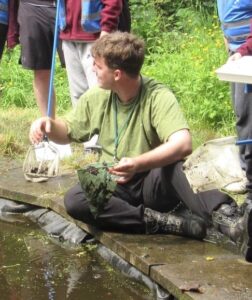
Preparing the pond and the space around it can be a time-consuming job; the area needs to be accessible and as safe as possible, but we also want to encourage wildlife into the area. February is a good time to start preparing for those summer pond dips. Trees and shrubs surrounding the area can be cut back to ensure there are no dangerous branches and there is enough room for the children to gather around the edge safely.
The paving slabs around the edge should be cleared of leaves, moss and debris, which can become slippery.

Pond edge before clearing
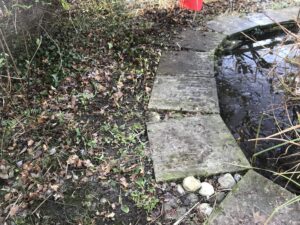
Pond edge after clearing
The area surrounding the pond should be raked, not just to remove leaves that could blow into the pond, but also so you can spot any bramble or stinging nettles that can then be removed.
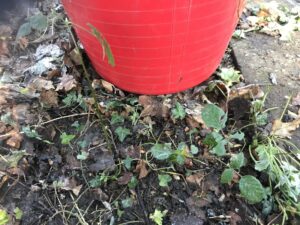
Brambles, revealed after raking
This is also a good time to check the fence and access to the pond and make any repairs necessary.

Path cleared and wood chip added
There will still be plenty to do in the spring, but this work should make the area more manageable.

Ready for spring

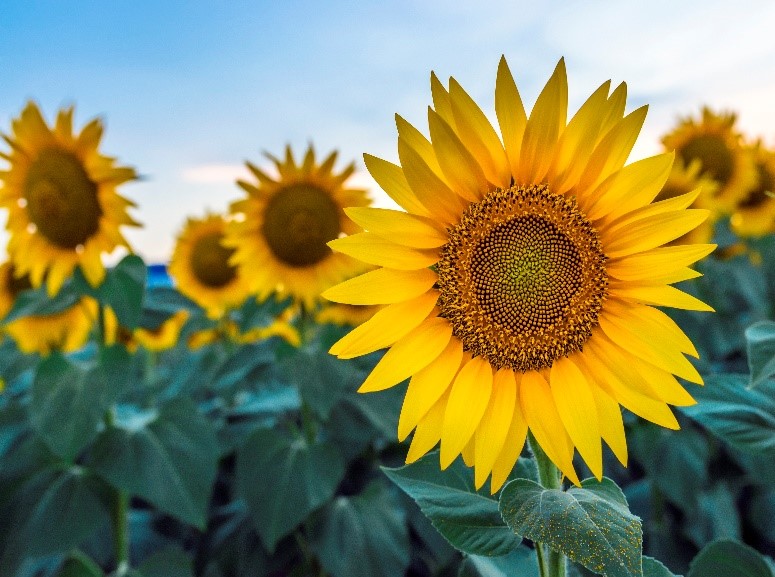

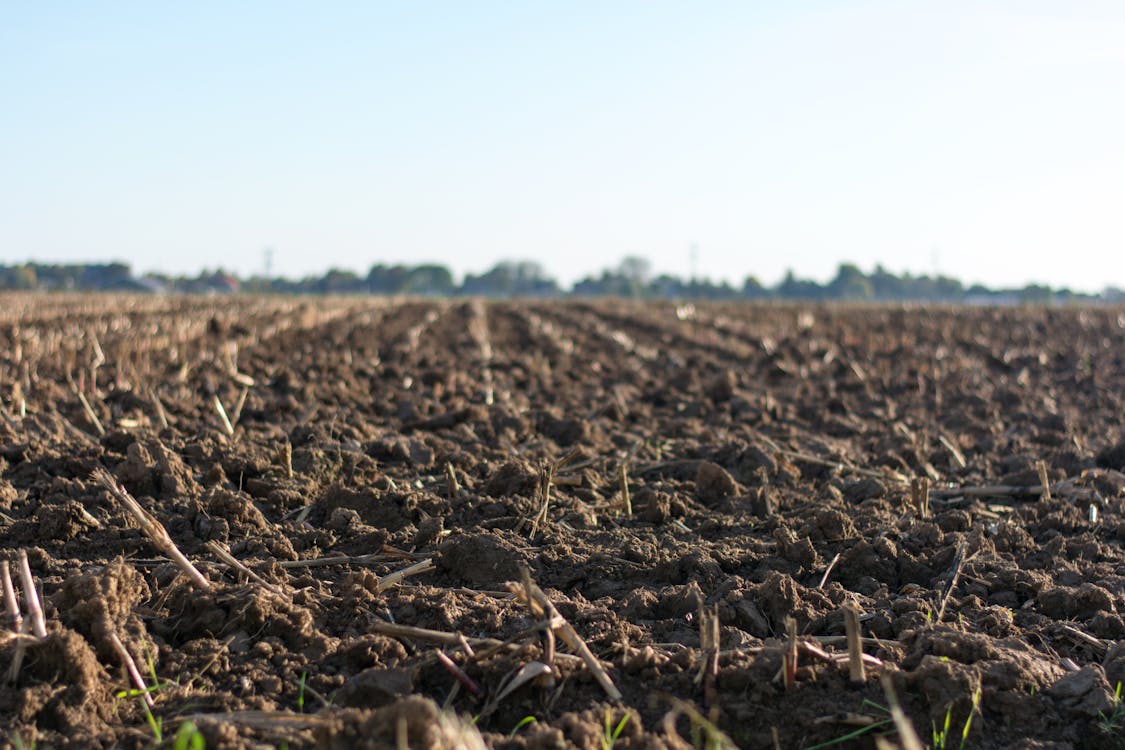
0 Comments